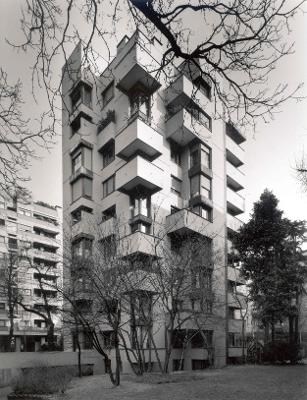The Building in Piazzale Aquileia, Milan










Elena Balsari Berrone (progettista del verde)
Camillo (ingegnere) Bianchi (direzione lavori)
Bianchi, Camillo (ingegnere)
Load-bearing structure: reinforced concrete prefab L-shaped walls (tower facing the garden); beams and piers in reinforced concrete (linear building)
Façade: exposed reinforced concrete; grey and brown plaster
Roof: flat, usable roof
Windows: wood, painted a red matt colour
The housing complex in Piazzale Aquileia is a combination of two buildings overlooking an inner garden (designed by Elena Balsari Berrone): a linear block facing the city with deep, seamless balconies arranged in a repeated geometric pattern along the façade, and a 30 m high tower building, invisible from the street. The big apartments in the linear building are repeated in a rigid sequence of two apartments on each floor, with facilities towards the square, and bedrooms and a living room towards the garden. Instead the free design of the plan and elevation of the tower ensures greater flexibility. The plan of the apartments on the nine floors of the tower are as follows: a group of three big apartments occupying one entire floor, two duplex apartments - on one and a half floors - or six smaller apartments each occupying roughly half of one floor. The possible floor plans are variously combined, but all the living rooms are double height with big windows often positioned at the corner of the building; Magistretti repeated this design in numerous other projects, e.g., the residential tower in via Revere or, abroad, in the Techint Residence in Campana (Argentina). The two blocks also have different load-bearing structures: the linear block has a frame of reinforced concrete beams and piers and a load-bearing column for the stairs and lifts; instead the tower has load-bearing walls in exposed reinforced concrete creating L-shaped partition walls depending on the floor plan of each apartment. The distribution element in the tower block coincides with the reinforced concrete, shell-shaped staircase around the central space with the main lift. Both the tower and the building facing the square have exposed façades with grey and brown plastered fascia. The hall, landings and steps are made of Aurisina stone, the housing boxes of the roll-up shutters are in copper, and the window frames are painted in a matt red colour.
Magistretti chose to separate the two blocks from the garden in order to respect the subdivision plan already approved for the much bigger development area at the corner of Via Lipari, a chiefly residential urban environment. Although a communal swimming pool had been envisaged at the top of the tower, it was never built.
S. Giacomoni, Disegno la Milano che cambia, in La Repubblica, 08 gennaio 1985
Magistretti, in Controspazio 2-3, luglio 1969
La forma della funzione, in Design Habitat, settembre 1973
A. Mosca, Il Vico: "l'architetto", in Casa Amica, ottobre 1979
Un architetto "in vista", in Realtà Mapei 35, giugno 1998
C. Bellini, Il mestiere di architetto, in Habitat Ufficio 21, settembre 1986
V. Magistretti, Relazione di progetto, Casa in piazzale Aquileia, Milano, 1961-64
Due case di Magistretti a Milano, in "Domus", n. 432, 1965, pp. 11-18
M. Grandi, A. Pracchi, Milano, guida all'architettura moderna, Bologna 1980, p. 319, scheda 419
M. Borian, C. Morandi, A. Rossari, Milano contemporanea, itinerari di architettura e urbanistica, Torino 1986, p. 225
F. Irace, V. Pasca, Vico Magistretti, architetto e designer, Milano 1999, pp. 68-69
G. Gramigna, S. Mazza, Milano. Un secolo di architettura milanese dal Cordusio alla Bicocca, Milano 2001, p. 379
-
segnatura: 189 (9 immagini)

-
segnatura: 189 (13 immagini)

-
segnatura: 189 (5 immagini)
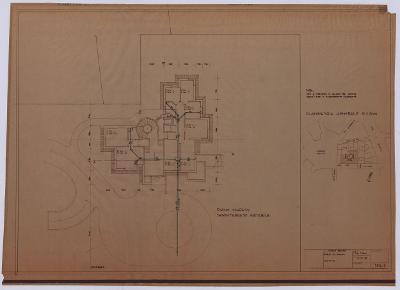
-
segnatura: 189 (21 immagini)

-
segnatura: 189 (7 immagini)

-
unità n. 484 (1 immagine)

-
unità n. 376 - segnatura: 61 Torre Piazzale Aquileia, 1962 - 1964 (67 immagini)
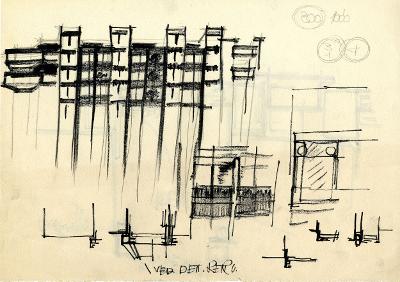
-
unità n. 7010 (3 immagini)
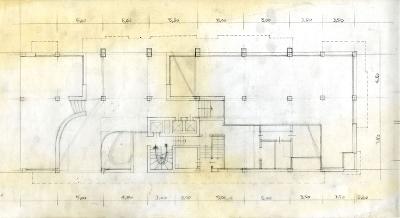
-
unità n. 519 (4 immagini)
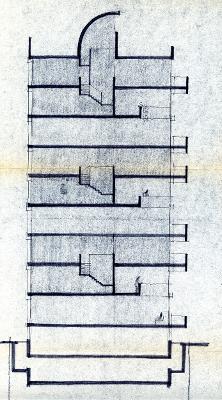
-
unità n. 3018 (a-b) (20 immagini)
